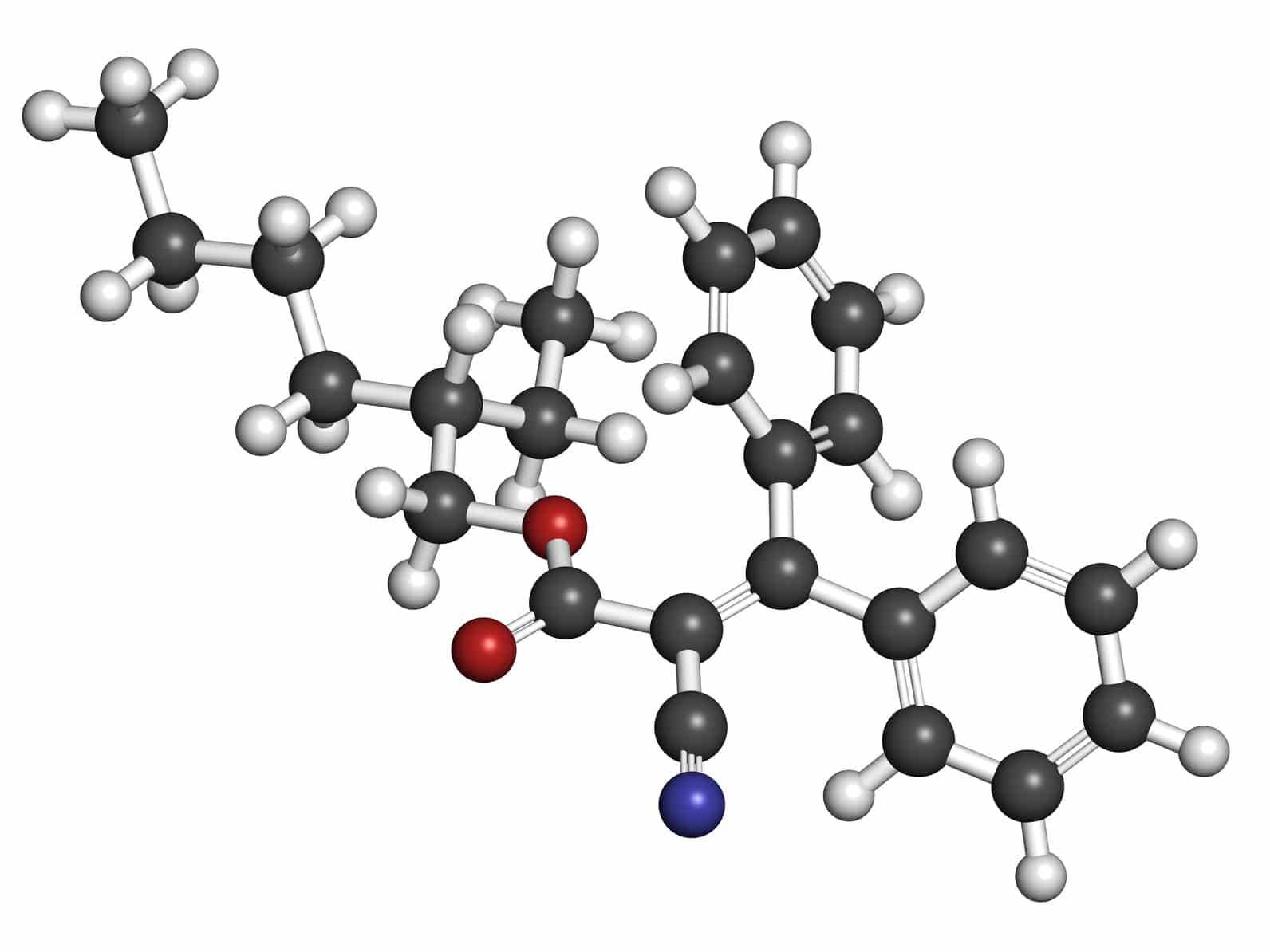Octocrylene

Octocrylene
It is common knowledge today that sunbathing without UV protection can be painful and dangerous. We all know that in the summer and when regularly outdoors we should protect our skin. Unfortunately some sun protection products contain elements that can also be damaging. Basically there are 3 approaches to formulating effective products to protect against the damaging and ageing effects of the sun.
- A physical approach
- A chemical approach
- A combination of both
In sun creams and skin care products with UV protection, octocrylene is one of the most popular active chemical ingredients.
What is octocrylene ?
Octocrylene is an oily clear yellow chemical compound that is added to a sun protection formulation along with other chemical UV filters. Octocrylene is mainly used as protection against the UVB rays that cause sunburn. Octocrylene also enhances the photo sensitivity of UVA filters which increases protection against the skin-ageing effects of the sun.
Products with chemical UV protection are easily spread on the skin and are quickly absorbed. Octocrylene absorbs photons in the main from UVB rays and changes them into heat and to rays with a longer wavelength. During this reaction, chemical bi-products can be produced whose effects on the human body are not fully understood, and whose „harmlessness„ are currently the subject of heated discussion amongst experts.
Octocrylene is not suitable for the production of natural cosmetics. In Japan Octocrylene is not even permitted in cosmetics. Japanese researchers have proven in cell-based research that octocrylene has an influence on hormones. The possibility of octocrylene causing allergies is also under discussion. Traces of chemical UV filters, including octocrylene, have been found in breast milk and in fish.
UV protection always has a flip side
Marine biologists in the Ancona University already raised the alarm in 2008 when they demonstrated the link between dying corals and chemical sun protection. Because of the discredit suffered by octocrylene & Co, the cosmetic industry is feverishly working on improving UV filter systems. One possible solution is mineral UV protection, but this suffers from the disadvantage of being hard to spread on the skin and also so far offers a low protection level.
In the meantime physical UV protection products with protection levels up to spf 50 are available on the market. Reducing the particles to Nano size means that the product spreads easily on the skin. Such products have to declare their „nano particle“ content, which some producers find unpopular with customers. Consequently this physical filter is often avoided.
Cosmacon has good news! – Healthy sun protection is possible
The Current view is that the following UV Filters are safe and should be used in modern sun protection products:
- Ethylhexyl Triazone
- Phenylbenzimidazol Sulfonic Acid
- Diethylamino Hydroxybenzoyl Hexyl Benzoate
- Bis-Ethylhexyloxyphenol Methoxyphenyl Triazine
- Tris-Biphenyl Triazine (nano) (and) Aqua (and) Decyl Glucoside (and) Butylene Glycol (and) Disodium Phosphate (and) Xanthan Gum
- Polysilicone-15
- Butyl Methoxydibenzoylmethane
- Diethylhexyl Butamido Triazone
- Ethylhexyl Salicylate
- Homosalate
- Titandioxide – rutile-form
We have reacted to the need for octocrylene free sun protection and developed formulations made using UV filters from this list.
